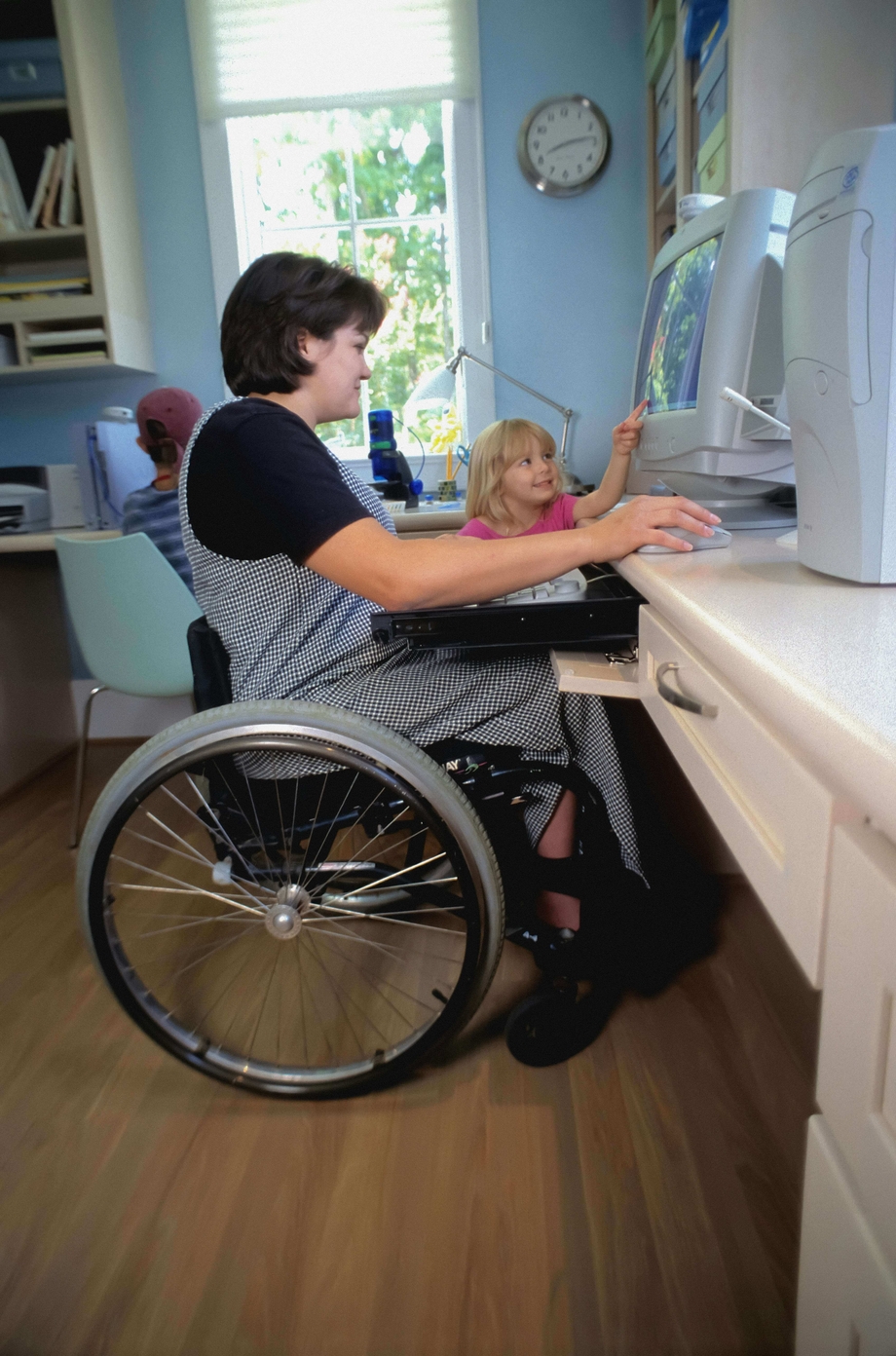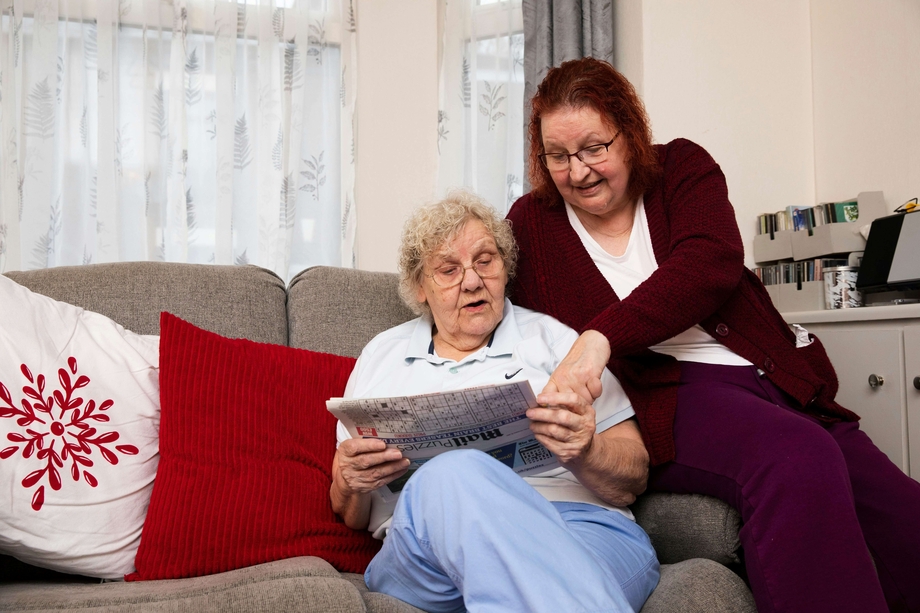This blog was written by LWV interns Ananya Misra and Rick Tzompa Chimal
In the age of unmonitored social media and AI, among other informational threats, it’s important to strengthen our media literacy. This helps us spot mis- and disinformation from people who may be trying to manipulate or distort our opinions on voting, democracy, and more.
How sharp is your media literacy? Take the quiz below to see!
,
Stay Updated
Keep up with the League. Receive emails to your inbox!
,
1. What is media literacy?
a. The ability to write articles for the news
b. Knowing how to access the news
c. The ability to access, analyze, evaluate, and create media
d. The study of newspapers
2. Which of the following is NOT a form of media?
a. Newspapers
b. Social media posts
c. Podcasts
d. Grocery lists
e. All are forms of media!
,

,
3. How can media affect your understanding of current events?
a. It can shape your opinions
b. It only entertains
c. It always gives you good and reliable information
d. It has no effect on your understanding of current events
4. Which of the below is a good sign that a news source is credible?
a. Multiple brand advertisements
b. Plenty of trustworthy citations, including news stories and statistics
c. Faulty links
d. Heated and/or emotional language
e. Someone you admire shared it
,
To find a League near you, search our 700+ state and local Leagues.
,
5. Why is it important for media literacy to understand who created a media message?
a. Because the creator’s purpose and bias affect the message
b. So you can subscribe and see more related material
c. To give them credit when you share
d. It is not important
6. What is bias in media?
a. A type of news channel
b. When a media source embraces all sides and perspectives
c. When a media source favors one side or perspective
d. A way to fact-check information
,

,
7. What should you do when you read a news story online?
a. Read the comments to determine if it's credible
b. Believe it — online content must go through many edits
c. Share it with your networks right away
d. Check the source and evaluate if it's credible
8. What is the difference between misinformation and disinformation?
a. There is no difference
b. Misinformation is false information shared unknowingly; disinformation is shared with intent to deceive
c. Misinformation is satire; disinformation is fact-checked
d. Disinformation only occurs on social media
Learn About Mis- and Disinformation
9. Which sources are the most reliable?
a. Articles from recognizably trustworthy newspapers
b. Personal blogs
c. Social media posts
d. Statistics from representative, recent studies
e. Books by political pundits
f. A and D
g. A and E
10. What is an echo chamber in the context of media and information?
a. An environment where people only encounter information or opinions that mirror and reinforce their own opinions
b. A podcast
c. A legal term for malinformation
d. A media outlet that features diverse political perspectives
,

,
11. What does “prebunking” refer to in media literacy education?
a. Deleting false news before it spreads
b. Teaching people how to recognize falsehoods before they encounter them
c. Fact-checking articles after publication
d. Detecting online scams
12. What should you do when you see misinformation or disinformation on social media?
a. Reply with the facts
b. Reshare to show how bad mis- and disinfo are
c. Report the post to ReportDisinfo.org
d. Nothing
,
,
13. If a story has a lot of likes and shares, it is probably credible
a. True
b. False
14. Misinformation can spread even if the person sharing it believes it's accurate
a. True
b. False
15. It's okay to take time to verify something before sharing it
a. True
b. False
Answers: 1 - C, 2 - E, 3 - A, 4 - B, 5- A, 6 - C, 7 - D, 8 - B, 9 - F, 10 - A, 11 - B, 12 - C, 13 - B, 14 - A, 15 - A